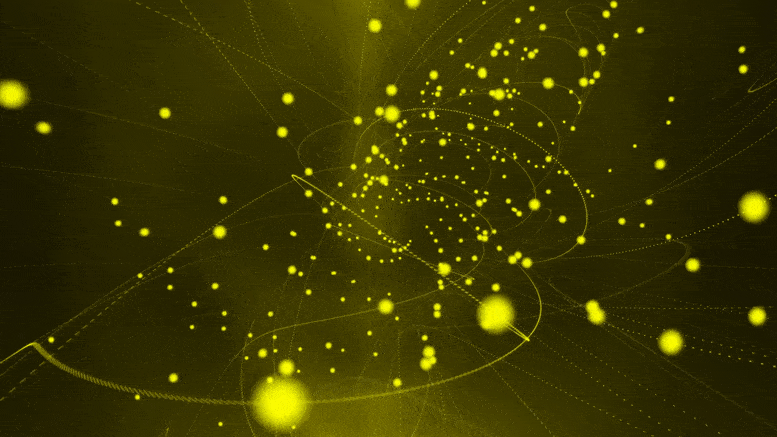Researchers from Skoltech and their colleagues from the UK have managed to create a stable giant vortex in interacting polariton condensates, addressing a known challenge in quantized fluid dynamics. The findings open possibilities in creating uniquely structured coherent light sources and exploring many-body physics under unique extreme conditions. The paper was published in the journal Nature Communications.
In fluid dynamics, a vortex is a region where a fluid revolves around a point (2D) or a line (3D); you’ve clearly seen one in your sink or may have felt one in the form of turbulence while flying. The quantum world also has vortices: the flow of a quantum fluid can create a zone where the particles revolve persistently around some point. The prototypical signature of such quantum vortices is their singular phase at the core of the vortex.
Skoltech Professors Natalia Berloff and Pavlos Lagoudakis and colleagues studied vortices created by polaritons – odd hybrid quantum particles that are half-light (photon) and half-matter (electrons) – forming a quantum fluid under the right conditions. They were looking for a way to create vortices in these polariton fluids with high values of angular momentum (i.e., getting them to rotate fast). These vortices, also known as giant vortices, are generally very hard to obtain as they tend to break apart into many smaller vortices with low angular momentum in other systems.
